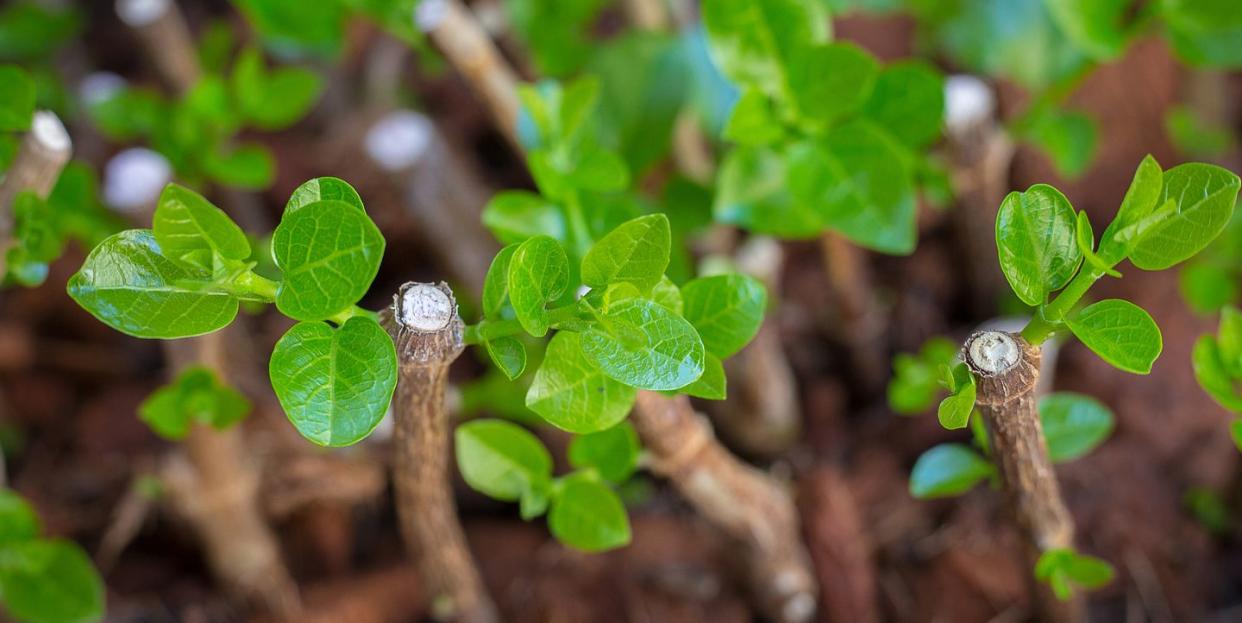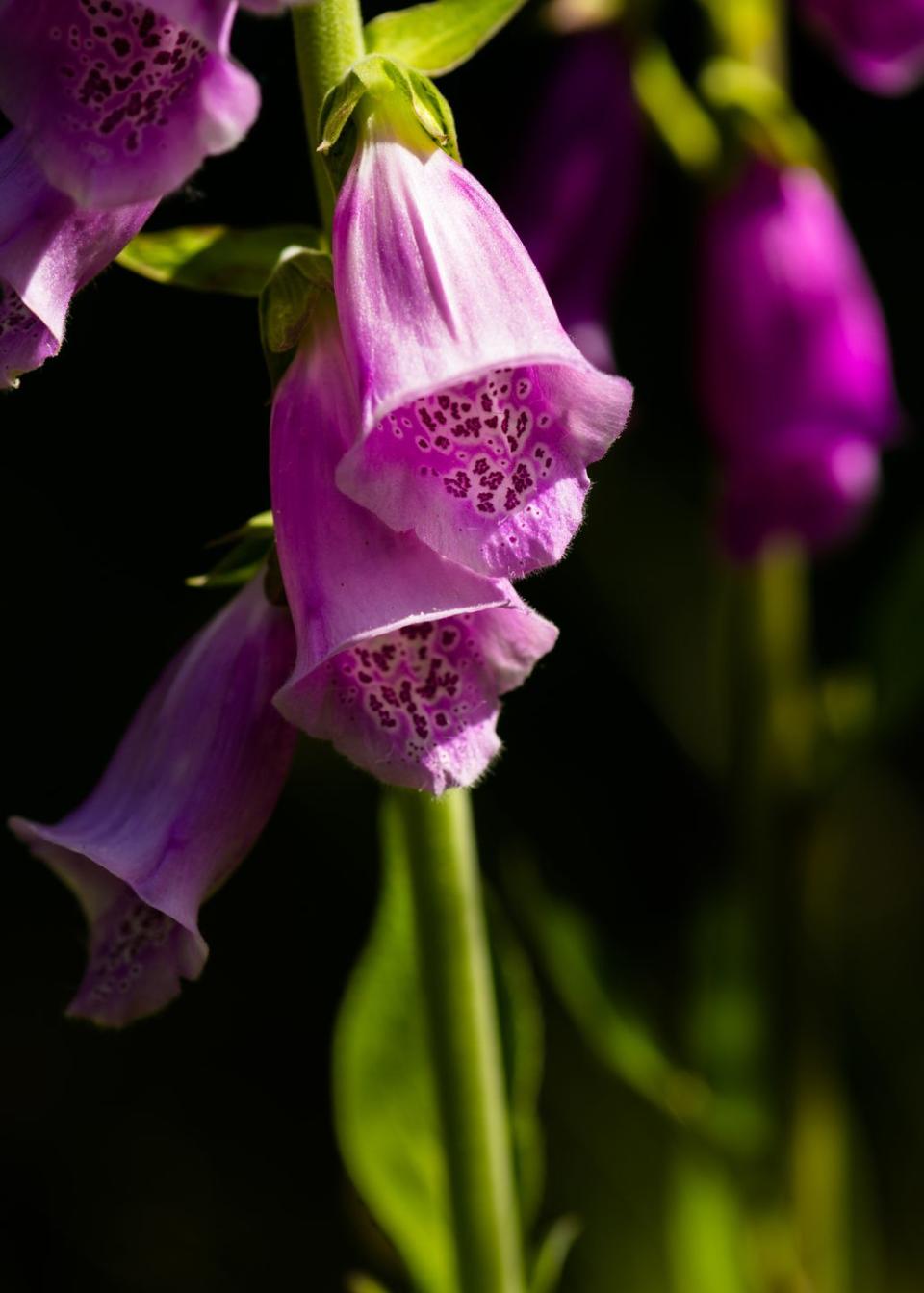How do I propagate my plant?

Plant propagation is the process of creating new plants from different sources. In gardening, there are three main ways to do this: cuttings, seeds and division. By dividing and multiplying, gardeners can expand their plant collection. So whether you want to propagate succulents, lavender or roses, read on for a simple guide on how to propagate plants.
How to take cuttings
The idea behind this method is simple; you cut a small piece of stem from a shrub and poke it into some compost in a little flowerpot. The stem then develops its own roots and you have a new plant.
The key is to cut it in the right place. Around a junction point is best – where leaves meet the stem – as this is where there are more growth hormones to promote the development of roots. Make a sharp cut just below a 'leaf node', cut the surrounding leaves away, and slot this wounded stem into the compost. Make sure there are still a couple of leaves showing at the top to keep the stem alive.
At this point the process becomes a race because, although the leaves are powering the growth that will put down the roots, they'll also lose water, which can lead to the cutting's demise.
• Use the same method whether you're taking cuttings from softwood or hardwood.
Softwood cuttings
Typically, softwood cuttings should be taken during June and July. This method of propagating relies on the lovely fresh growth of spring and early summer working fast enough to put down roots within hours, because this sort of greenery wilts very quickly.

You can help it by covering the cutting, with a plastic bag for example, to increase the moisture in the air around the leaves and slow down the wilt. If the cutting has large leaves, you can cut them in half to reduce water loss.
Remember, the race is short; either you'll have roots within a few days or the cutting will flop.
Hardwood cuttings
It's more of a marathon than a sprint with hardwood cuttings. The best time to take these is later in the year when the leaves have fallen from deciduous shrubs or the plant is dormant, from November to March. The same rule applies about where to cut, but these plants are growing slowly and it's going to take weeks to put out roots.

Fortunately, the stem that you cut off is hard, with either no leaves or just sleepy winter ones, which don't lose much water. The test of whether these cuttings have taken will come next spring – if they start to sprout new leaves, it's worked.
Collecting seeds
Some plants don't lend themselves to propagating by cutting, so they need a different approach. For annuals and biennials, such as sunflowers, poppies and foxgloves, you have to collect seeds.

Wait until the flower is finished and the seedpod is no longer green. Put a bag over the top of the stem and break off the whole head into the bag. It's best to take the plant inside, where it’s less windy, and tip the contents of the bag from one hand to the other. The seeds will then separate out from the stems and other chaff.
The most likely reason for seeds failing is because they’ve started to rot. So make sure they're completely dry by putting them in a paper bag rather than a plastic container and storing them in a dry place. As long as they're kept dry, seeds won’t need any special treatment during winter and can be sown next spring.
Dividing plants
This is quite a specialist form of propagation and only works on plants that have lots of stems. Take a look at the plants in your garden; some, such as lavender and box, will have just one stem going into the ground and can't be divided. Others, geraniums for example, will have quite a few stems and can be split up.

Separate out these stems, keeping some roots attached to each one. With a small plant like an alpine, use a trowel to dig it up and a penknife to cut through the roots. For big plants you may need a spade to dig it up and a saw to cut through the roots as they're bunched and tough.
Since you’re attacking the plants, this method of propagation works best in the spring when they’re growing strongly and can recover well. Put the stems back into the soil separately and they should each form a new plant.
Follow House Beautiful on TikTok and Instagram.
You Might Also Like



